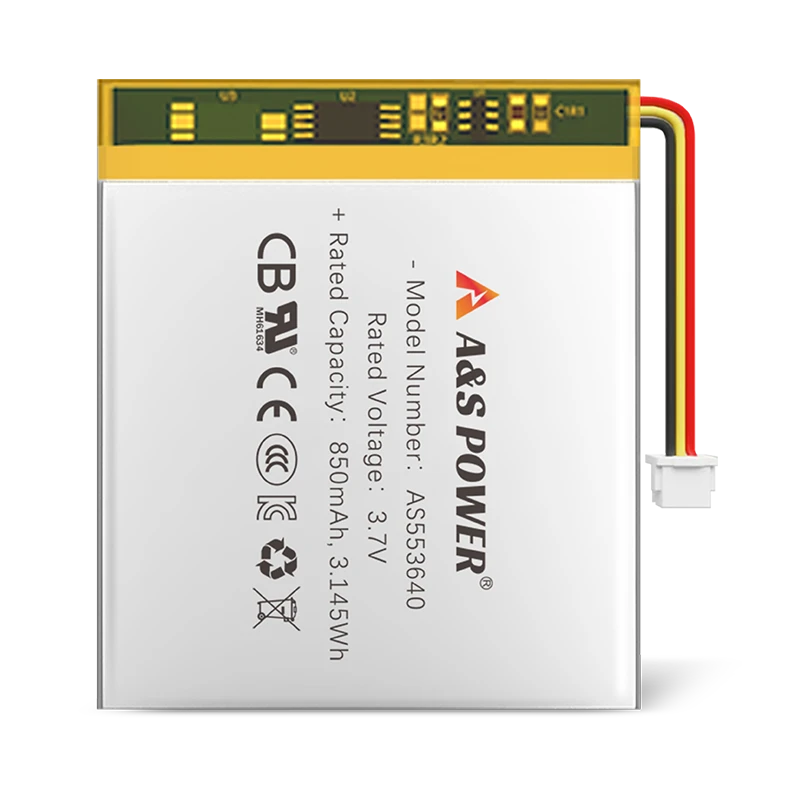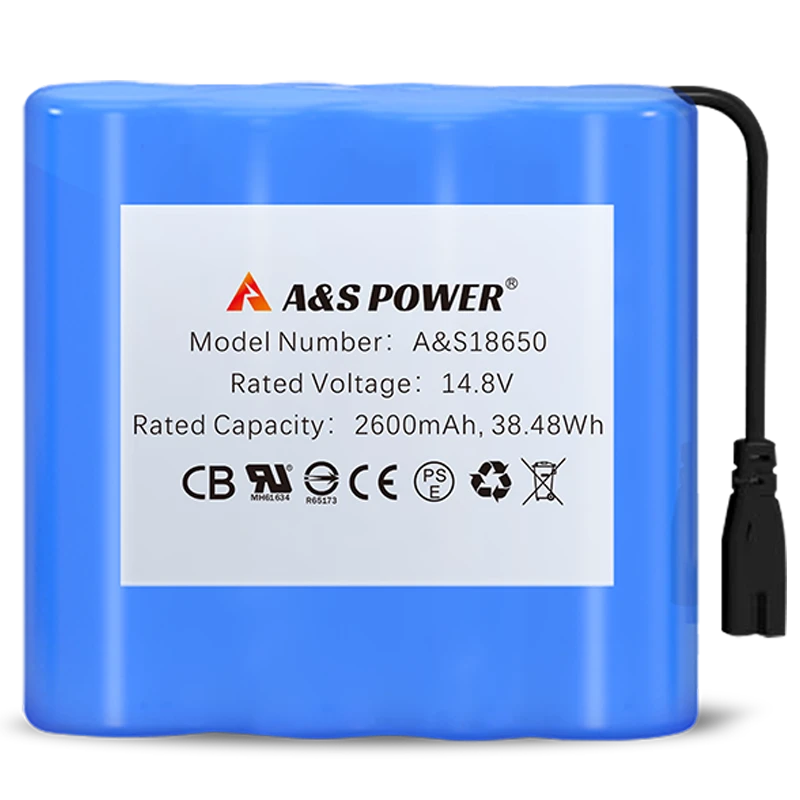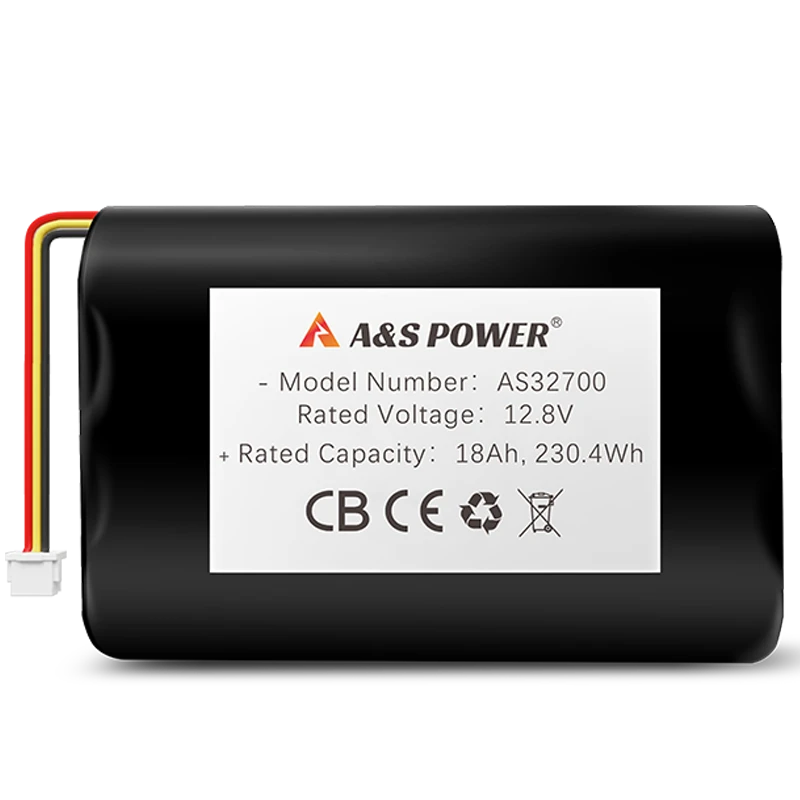All power to the proton: Researchers make battery breakthrough
All Power to the Proton: Researchers Make Battery Breakthrough
The Emerging Era of Proton Battery Technology
The scientific community is currently witnessing one of the most significant advancements in energy storage technology since the development of lithium-ion batteries, with researchers across multiple continents achieving remarkable progress in proton-based battery systems that promise to revolutionize how we store and utilize electrical energy. This breakthrough technology utilizes the most abundant element in the universe—hydrogen—in its proton form to create energy storage systems that are not only environmentally friendly but also potentially cheaper and safer than current lithium-based solutions. The fundamental principle behind proton batteries involves the reversible oxidation and reduction of water molecules, allowing for the storage and release of electrical energy through the movement of protons between electrodes during charging and discharging cycles. What makes this development particularly noteworthy is the timing, arriving at a critical juncture when the global community is desperately seeking sustainable energy storage solutions to support the transition away from fossil fuels while addressing the geographical and ethical concerns associated with lithium mining operations. Several research institutions have recently published parallel findings that collectively demonstrate the commercial viability of proton battery technology, suggesting that we may be on the cusp of a new energy storage paradigm that could fundamentally reshape multiple industries from consumer electronics to grid-scale energy storage applications.
Fundamental Science Behind Proton Battery Technology
Electrochemical Mechanisms and Operation
The operational principles of proton batteries represent a significant departure from conventional battery chemistry, utilizing a unique approach that leverages the movement of protons rather than lithium ions between electrodes during energy storage and release cycles. During the charging process, water molecules are split at the positive electrode through an electrochemical reaction that releases protons and oxygen, with the protons then migrating through a membrane to the negative electrode where they combine with electrons and are stored within a solid electrode material, typically carbon-based. When the battery discharges, the process reverses: protons are released from the negative electrode, travel back through the membrane, and combine with oxygen at the positive electrode to reform water, releasing electrical energy in the process. This closed-loop system essentially creates a reversible fuel cell that operates without hydrogen gas formation, eliminating many of the safety concerns associated with conventional hydrogen storage while maintaining the environmental benefits of water-based electrochemistry. The elegance of this system lies in its simplicity and safety, using abundant, non-toxic materials rather than the rare and sometimes problematic elements required for lithium-ion batteries.
Material Innovations and Structural Design
The recent breakthrough in proton battery technology stems primarily from material science innovations that have addressed previous limitations in efficiency, energy density, and cycle life that had previously hindered commercial development. Researchers have developed new electrode materials based on specially formulated carbon compounds that can store significantly higher numbers of protons than previous attempts, dramatically increasing the energy density to levels that begin to approach practical utility for real-world applications. The proton exchange membrane, a critical component that facilitates the movement of protons while preventing electrical short circuits, has also seen substantial improvements through the incorporation of novel polymer composites that exhibit superior proton conductivity and mechanical stability compared to traditional materials. These material advancements are complemented by innovative cell architecture designs that optimize the pathways for proton movement and reduce internal resistance, resulting in higher power output and faster charging capabilities that make the technology competitive with existing energy storage solutions across multiple performance metrics.
Comparative Performance Analysis
Technical Advantages Over Existing Technologies
Proton batteries demonstrate several compelling advantages over established battery technologies that position them as potentially disruptive entrants to the energy storage market, particularly in applications where safety, environmental impact, and cost considerations are paramount. Unlike lithium-ion batteries, which require rare earth elements like cobalt and lithium that have problematic supply chains and significant environmental impacts from mining operations, proton batteries utilize primarily carbon, water, and oxygen—materials that are abundantly available across the globe without geopolitical supply constraints. The safety profile of proton batteries represents another significant advantage, as they operate without the thermal runaway risks associated with lithium-ion chemistries, eliminating the fire hazard that has plagued everything from smartphones to electric vehicles. From an environmental perspective, proton batteries offer a completely recyclable solution without the toxic waste concerns associated with battery disposal, creating a truly circular economy model for energy storage that aligns perfectly with global sustainability goals.
The following table illustrates the comparative performance characteristics between proton battery technology and existing energy storage solutions based on recent research findings:
| Performance Metric | Proton Battery | Lithium-Ion Battery | Lead-Acid Battery |
|---|---|---|---|
| Energy Density (Wh/kg) | 60-85 | 150-250 | 30-50 |
| Power Density (W/kg) | 300-500 | 250-340 | 180-250 |
| Cycle Life (cycles) | 5,000+ | 500-1,500 | 200-300 |
| Efficiency (%) | 75-85 | 85-95 | 70-80 |
| Cost ($/kWh) | $60-100 (projected) | $120-180 | $100-150 |
| Temperature Tolerance | -40°C to 65°C | 0°C to 45°C | -20°C to 40°C |
| Environmental Impact | Minimal | Moderate | High |
Current Limitations and Development Challenges
Despite the promising advantages, proton battery technology still faces several significant challenges that must be addressed before widespread commercialization can occur, with energy density representing the most notable limitation compared to mature lithium-ion systems. While recent breakthroughs have substantially improved the storage capacity of proton electrodes, they still lag behind the best lithium-ion chemistries by approximately a factor of two to three, making them less suitable for applications where weight and space constraints are critical, such as in electric vehicles and portable electronics. The charging and discharging efficiency also requires further improvement to compete with lithium-ion technology, particularly for grid-scale applications where round-trip efficiency directly impacts economic viability. Manufacturing scalability presents another substantial hurdle, as the production processes for some of the advanced materials required in proton batteries remain complex and costly at commercial scales, requiring significant engineering development to achieve the cost reductions necessary to disrupt established markets. Researchers are actively addressing these challenges through multiple parallel development pathways, suggesting that these limitations may be resolved within the coming years as investment in the technology increases.
Potential Applications and Market Implications
Stationary Energy Storage Solutions
The most immediate application for proton battery technology appears to be in stationary energy storage systems, where the advantages of safety, long cycle life, and environmental sustainability outweigh the current limitations in energy density that make them less suitable for mobile applications. Utility-scale energy storage represents a particularly promising market, as proton batteries' ability to withstand thousands of deep discharge cycles without significant degradation makes them economically attractive for grid stabilization services and renewable energy integration, despite their slightly lower efficiency compared to lithium-ion alternatives. Residential and commercial energy storage applications also present significant opportunities, especially in markets where consumers prioritize safety and environmental considerations, with the non-flammable nature of proton batteries eliminating concerns about battery fires in homes and businesses. The wide operating temperature range of proton batteries makes them particularly suitable for applications in extreme climates where lithium-ion batteries require extensive thermal management systems, reducing both complexity and cost for installations in challenging environments from desert heat to arctic cold.
Transportation and Mobility Applications
While the current energy density of proton batteries may limit their application in passenger electric vehicles, they show significant promise for other transportation sectors where weight and space constraints are less critical than safety and longevity. Heavy transportation applications including electric buses, delivery trucks, and railway systems represent compelling use cases, as these vehicles typically have more available space for battery systems and would benefit greatly from the rapid charging capabilities and exceptional cycle life of proton technology. Marine transportation represents another promising application, where the safety advantages of non-flammable batteries are particularly valuable and the weight penalties associated with lower energy density are less impactful than in road transportation. The development of hybrid systems that combine proton batteries with other technologies may also create near-term opportunities in the automotive sector, using proton cells for peak power delivery and regenerative braking absorption while leveraging their cycle life advantages to extend the overall system durability beyond what current lithium-ion systems can achieve.
Research Landscape and Development Timeline
Global Research Initiatives and Key Institutions
The breakthrough in proton battery technology has emerged from a collaborative international research effort involving academic institutions, government laboratories, and private companies across multiple continents, with several key players driving the advancement of the technology. Research teams in Australia have been particularly prominent in this field, with RMIT University announcing significant progress in carbon-based electrode materials that dramatically improve the hydrogen storage capacity and charge/discharge rates of proton battery systems. European research initiatives led by institutions in Germany and Sweden have focused on membrane technology and system integration, developing sophisticated battery management systems that optimize the performance of proton cells in various configurations and applications. Asian researchers, particularly in Japan and China, have contributed advanced manufacturing techniques that reduce production costs while improving consistency and quality, addressing critical commercialization challenges that have previously hindered alternative battery technologies. This global collaboration has accelerated progress through knowledge sharing and parallel development pathways, creating a robust technological foundation that supports optimistic projections for commercial viability.
Commercialization Roadmap and Market Entry Projections
The path to commercialization for proton battery technology follows a predictable trajectory for energy storage innovations, beginning with specialized applications that have less demanding performance requirements before expanding to broader markets as manufacturing scale and technological refinement progress. Current projections based on research publications and patent filings suggest that the first commercial products utilizing proton battery technology will likely appear within the next 2-3 years, initially targeting niche applications where their specific advantages outweigh current limitations. These early applications will probably include remote power systems, telecommunications backup power, and specialized industrial equipment where safety, temperature tolerance, and longevity are more important than energy density. As production scales and costs decrease, proton batteries are expected to expand into broader stationary storage markets around 2026-2028, potentially capturing significant market share from lead-acid batteries and competing with lithium-ion in specific applications. Mass-market adoption across multiple sectors will likely require another 5-7 years of development and manufacturing scaling, suggesting that proton batteries may become a mainstream energy storage option by the early 2030s if current development trajectories continue.
Environmental Impact and Sustainability Assessment
Lifecycle Analysis and Circular Economy Potential
The environmental credentials of proton battery technology represent one of its most compelling advantages over incumbent technologies, with lifecycle assessments indicating significantly reduced environmental impacts across multiple metrics including carbon emissions, resource depletion, and ecosystem toxicity. Unlike lithium-ion batteries, which require energy-intensive mining operations for lithium, cobalt, and nickel that often involve significant environmental damage and social challenges, proton batteries utilize primarily carbon-based materials that can be sourced from renewable biological sources or even waste products, dramatically reducing the upstream environmental impacts associated with material extraction. The manufacturing process for proton batteries also appears less energy-intensive than for lithium-ion alternatives, particularly as it avoids the high-temperature processing and dry room requirements that contribute substantially to the carbon footprint of conventional battery production. At end-of-life, proton batteries offer complete recyclability without complicated separation processes, as the component materials can be easily separated and either reused in new batteries or returned to biological cycles without toxic legacy issues, creating a truly circular economy model that aligns perfectly with global sustainability initiatives.
Contribution to Renewable Energy Integration
The development of cost-effective, long-duration energy storage solutions represents one of the final hurdles to achieving high penetration of renewable energy sources in electrical grids worldwide, and proton battery technology shows significant promise in addressing this critical need. The exceptional cycle life of proton batteries makes them particularly suitable for daily cycling applications required for solar energy storage, where they can effectively absorb excess generation during daylight hours and release it during evening peak demand periods for decades without significant degradation. Their wide operating temperature range reduces the need for energy-intensive thermal management systems that can erode the net environmental benefits of energy storage, particularly in extreme climates where heating and cooling of battery systems can consume substantial amounts of energy. As renewable energy penetration increases globally, the value of long-duration storage that can provide grid stability services while maintaining low environmental impacts will continue to grow, potentially creating a substantial market for proton battery technology that complements rather than directly competes with lithium-ion solutions for different applications within the broader energy ecosystem.
-

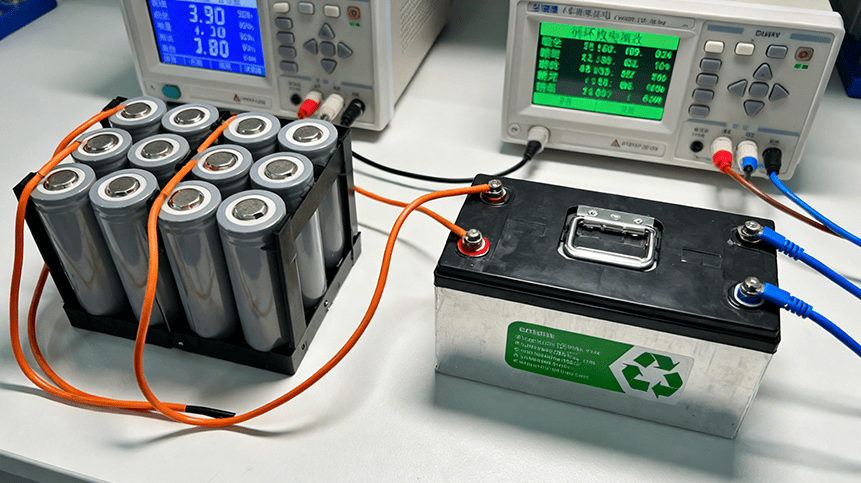 May.2025.11.24Ternary Lithium Battery vs Lithium-ion: Complete Comparison Guide (2025 Edition)Learn More
May.2025.11.24Ternary Lithium Battery vs Lithium-ion: Complete Comparison Guide (2025 Edition)Learn More -

 May.2025.11.214S2P 18650 14.8V Battery: Complete Technical Guide, Specs, Applications & SafetyLearn More
May.2025.11.214S2P 18650 14.8V Battery: Complete Technical Guide, Specs, Applications & SafetyLearn More -

 May.2025.11.18PCM vs BMS in Lithium Batteries: What’s the Difference and Which One Do You Need?Learn More
May.2025.11.18PCM vs BMS in Lithium Batteries: What’s the Difference and Which One Do You Need?Learn More -

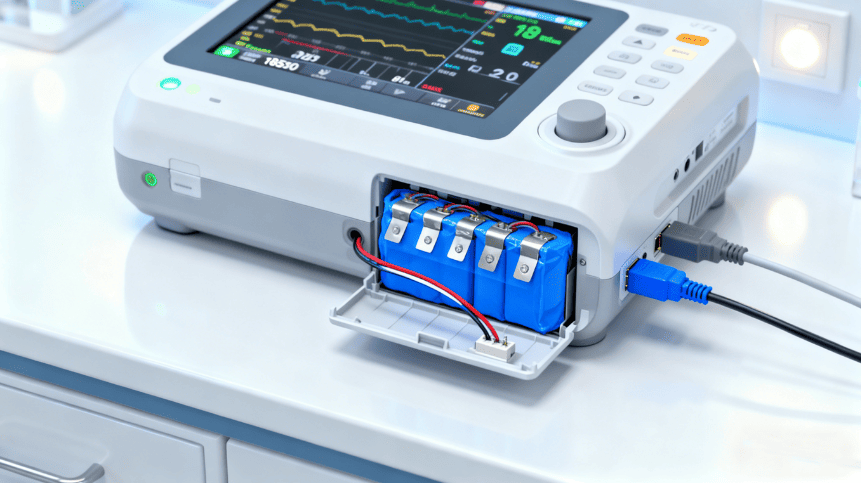 May.2025.11.17Custom Li-ion Battery Design for Medical Devices (2025 Comprehensive Guide)Learn More
May.2025.11.17Custom Li-ion Battery Design for Medical Devices (2025 Comprehensive Guide)Learn More -

 May.2025.11.17The Future of Lithium-Ion Batteries: Innovation, Sustainability, and Global Market TrendsLearn More
May.2025.11.17The Future of Lithium-Ion Batteries: Innovation, Sustainability, and Global Market TrendsLearn More




